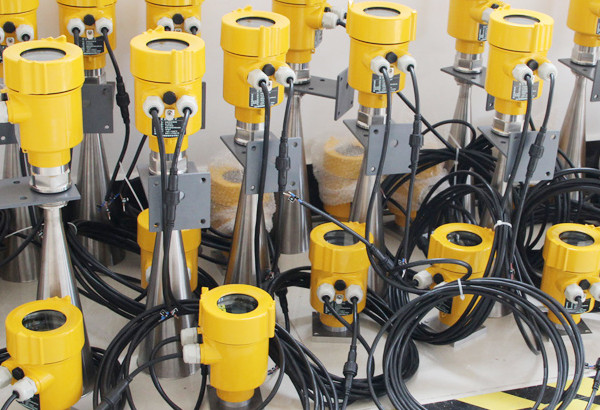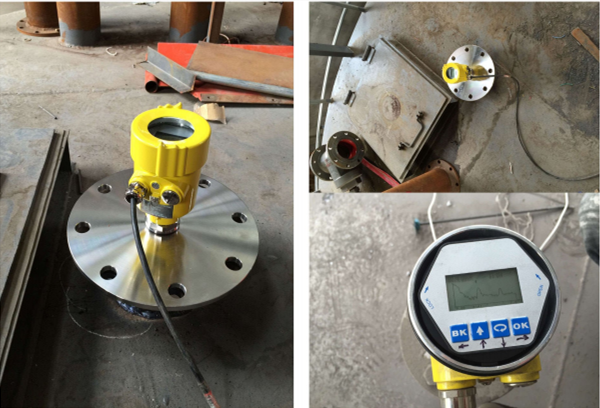In the process of radar level meter measurement, due to the installation or working conditions, the instrument will appear unstable in operation, inaccurate measurement, and reliability greatly reduced. So it is necessary to find out the reasons affecting the reliable work of radar level meters and provide the corresponding solutions, which are summarized in this article.

The first reason that affects the reliability of the radar level meter is the installation location. In principle, the radar level meter is based on the time travel or frequency difference in the microwave transmitting-reflecting-receiving process to measure. Industrial tanks in the discharge port, steam heating coil, stirring blades, temperature elements, fixed steel beams, etc. will produce interference echo, and if the installation location is not appropriate will have a certain impact.
Secondly, some characteristics of the medium itself, such as slurry deposition hardening, a large number of agitation in the tank, agitation makes the level oscillation, sometimes generating foam and vortex; many slurries with high solid content, easy scarring; multiple discharge ports; high concentration of heated steam; tanks often have heating coils, steel beams, and other obstacles. The above factors make the measurement conditions of the instrument extremely complex, often producing strong interference echoes or causing the loss of measurement echoes, so that the measurement of the instrument is distorted.

There are many ways to solve the problem that the radar level meter cannot work reliably, for example, the measurement value fluctuation is due to the violent fluctuation of the surface of the agitated medium in the tank, or the temporary disturbance of the tank due to the increase of the echo due to the filling, so the measurement value fluctuates. In addition to improving the application parameters, activating near-field rejection, and increasing output damping, the installation position of the instrument should be checked, or a larger size antenna should be considered.
If there is an error in the measured value, the actual level and the measured value change in the same trend, but the values are not equal. This is a common, relatively simple, and easy to troubleshoot fault. The traditional rope measurement method is used to measure the true distance in the sky. If the measured value agrees with the distance displayed by the meter, it proves that there is no problem with the quality of the meter itself.

From the working principle of the radar level meter, it is known that the distance E of the empty tank minus the distance D from the measurement reference point to the surface of the medium, that is, the actual liquid level is obtained. Therefore, the height of the empty tank must be accurate in order to ensure accurate and reliable measurement.
Therefore, on-site measurements must be made before calibration to obtain the most realistic data. If the instrument is connected to a computer system, the full range parameters of the instrument should also be checked to see if they are consistent with the computer configuration data. There is also the case of loss of wave, which is manifested as a “loss of wave” error or crash of the instrument.
When measuring liquids with low dielectric constants, wave loss often occurs due to the weak reflectivity of the liquid. Waveguides are often needed to increase the reflected return energy to ensure measurement accuracy. However, this method has a high installation effort and is not suitable for slurries that are prone to scarring.
If the reflection ability of the liquid is not weak, then the lost wave is mostly due to vortex, turbulent liquid surface, and thick foam to make the radar wave diffusion or absorption, so the return wave is weak or even no return wave. For this situation, the best application parameters should be set according to the process characteristics in the vessel.
